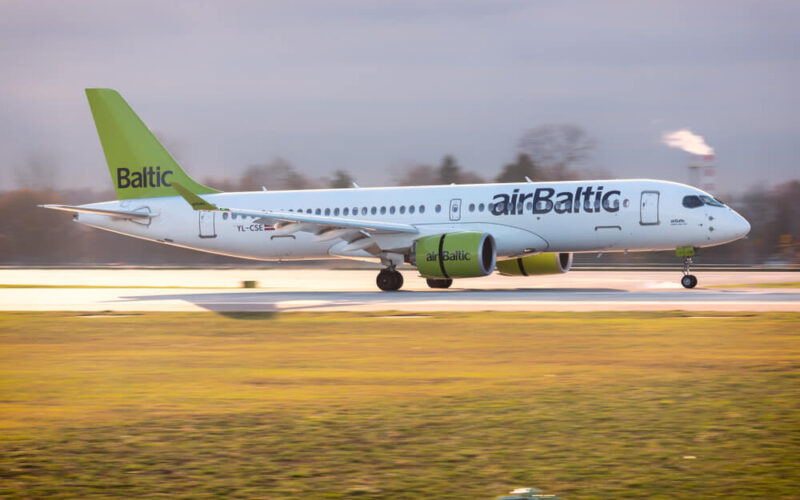airBaltic, despite a record-breaking start of the year, saw its losses balloon due to the impact of COVID-19 in the aviation industry.
The flag carrier of Latvia ended H1 2020 with a net loss of €184.8 million ($218.4 million), as revenues collapsed from €219.5 million ($259.4 million) to €82.5 million ($97.5 million), when compared to the corresponding period in 2019. In total, airBaltic carried 0.8 million passengers in the first six months of 2020. A year prior, the company saw 2.2 million passengers board its aircraft.
“We began this year on a solid track, continuing our sustainable growth path in both January and February,” stated chief executive officer (CEO) of airBaltic, Martin Gauss. “The following months, though, proved to be the largest crisis in aviation history. It led to airBaltic being forced to suspend flights for 62 days and see a significant reduction in demand for air travel.”
The company was forced to cut capacity, costs and make adjustments to its business plan for the coming years. The adjusted plan included the earlier retirement of its Boeing 737 and de Havilland Canada Dash 8 Q400 aircraft, as the Riga Airport (RIX) based airline moved to an all-Airbus A220-300 fleet.
The decision to do so, however, was costly. According to its H1 2020 financial report, phasing out the Dash 8 Q400 turboprop cost €90 million ($106 million), as the company recognized the loss as other operating expenses.
Latvia’s government, one of the two shareholders that control the airline, invested €250 million ($295 million) into airBaltic in order to ensure the airline’s survival throughout the crisis by a way of purchasing newly issued shares.

